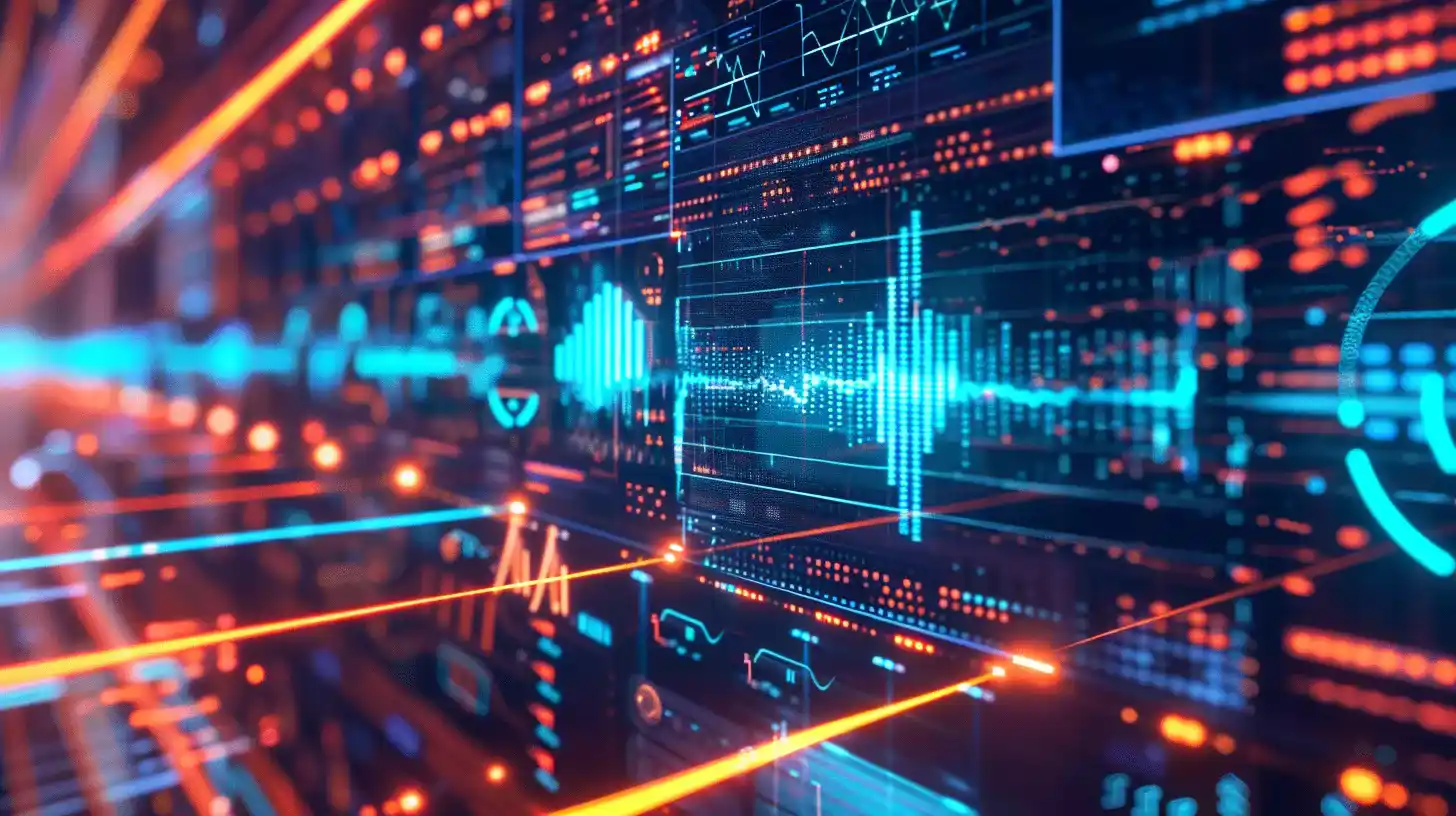Table of Contents
Introduction to Synthetic Voice Technology
OpenAI has enhanced its artificial intelligence capabilities with a sophisticated text-to-speech model known as Voice Engine. This tool can generate speech that closely mirrors a person’s voice from a brief audio sample, showcasing the remarkable advancements in AI-driven communication.
Ethical Considerations and Responsible Use
Aware of the ethical implications, OpenAI has adopted a cautious stance on the broader release of Voice Engine. The company acknowledges the potential for misuse, particularly in sensitive contexts such as elections, and has limited access to a select group of early testers.
Innovative Applications and Positive Impact
Voice Engine’s technology harbors the potential for significant societal benefits. It has demonstrated promise in aiding individuals with speech impairments, offering them the ability to communicate using a voice that retains the essence of their identity.
Partnerships and Safety Measures
Access to Voice Engine is currently exclusive to a few of OpenAI’s partners, such as Age of Learning, HeyGen, and Lifespan, who adhere to strict usage policies. These policies include prohibitions against unauthorized impersonation and the requirement for explicit consent from the individuals whose voices are replicated. Additional safeguards like watermarking ensure the traceability of the generated audio, reinforcing the commitment to ethical use.
In conclusion, OpenAI envisions a future where synthetic voice technology is deployed responsibly, complemented by robust authentication measures and protections against misuse, thereby unlocking new possibilities for communication and creative expression.
What are some other applications of synthetic voice technology?

Synthetic voice technology has a wide range of applications across various industries. Here are some notable examples:
- Education: It can provide reading assistance to non-readers and children, offering natural-sounding, emotive voices that enhance the learning experience.
- Translation: The technology enables content translation for videos and podcasts, allowing creators and businesses to reach a global audience in multiple languages.
- Healthcare: Synthetic voice can assist patients with speech conditions by restoring their voice, using audio materials from before they lost the ability to speak.
- Entertainment: In the film and TV industries, voice synthesis is used for dubbing and bringing back the voices of actors who have passed away.
- Gaming: It introduces human-like speech and emotional nuances in games, enhancing player immersion.
- Customer Service: Synthetic voices power chatbots and virtual assistants, providing a more natural interaction for users.
- Accessibility: It aids individuals who are visually impaired by reading out text, making information more accessible.
These applications demonstrate the versatility of synthetic voice technology and its potential to positively impact various aspects of society. However, it’s important to consider ethical guidelines and safety measures to prevent misuse.
How does watermarking work in tracing audio origin?
Audio watermarking is a technique for embedding a unique identification or code into an audio recording. This identification is usually added via a complicated technique that gently changes the loudness of the audio input. The watermark is intended to be difficult to erase while maintaining the original audio’s quality. It serves as a digital signature that may be identified and extracted to determine the source of the audio file.
The approach is similar to inserting a digital fingerprint in the audio stream. Even if the audio is reproduced or transferred, the watermark stays intact, allowing the legitimate owner or creator to enforce their copyright and detect unauthorized use or distribution. Watermarking is a passive protection method that marks data but does not block access to it. It’s especially valuable for determining the source of disseminated copies and detecting copyright infringements.
To summarise, audio watermarking is an effective means of safeguarding intellectual property in the digital domain, allowing producers to keep ownership over their work and trace its usage across several platforms.